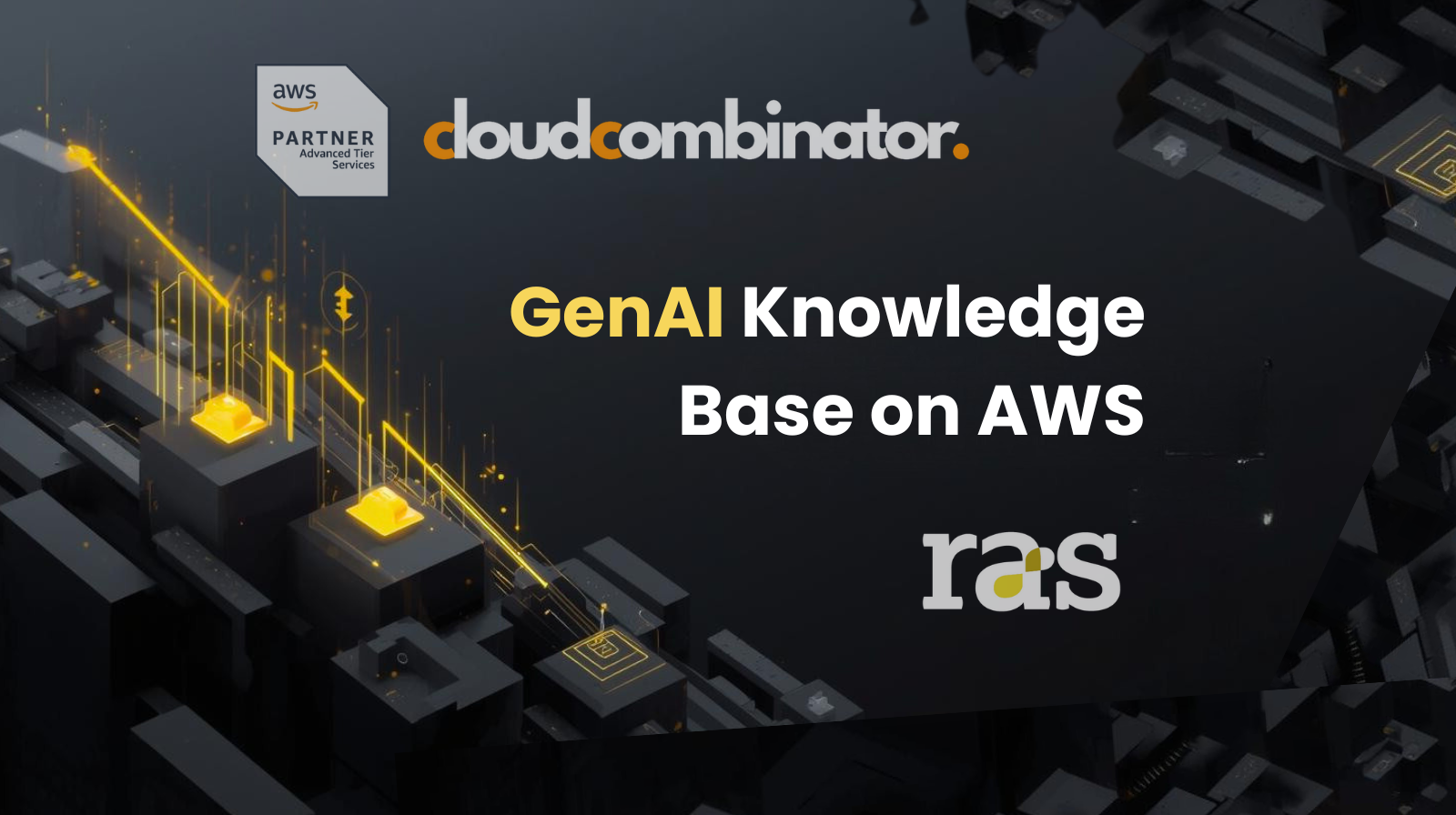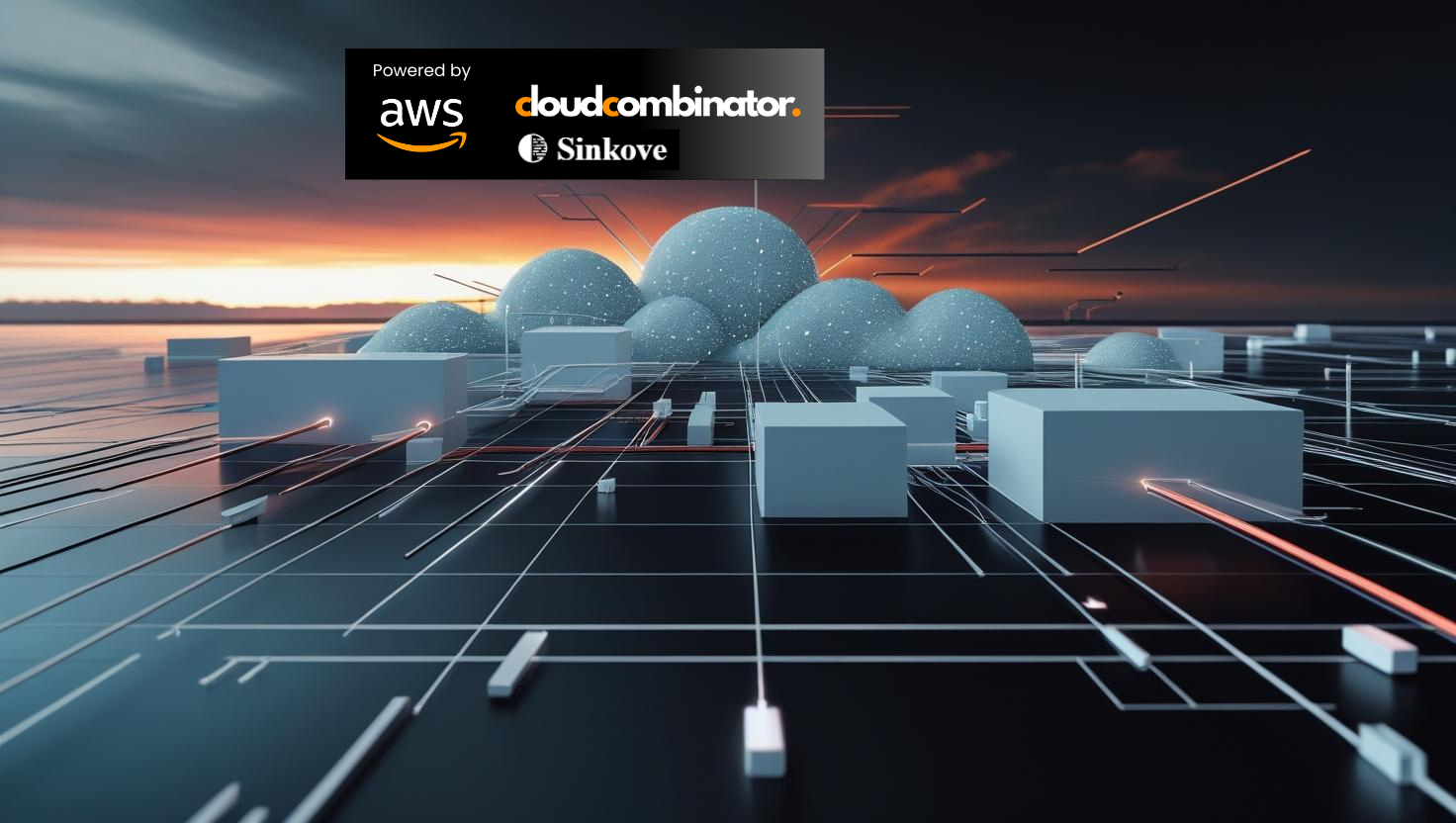This post outlines five proven AWS strategies GenAI startups can use to secure NVIDIA GPU capacity, control costs, and maintain agility. We breakdown each option including pros and cons as well as advising on which strategies are ideal for specific use-cases.
Five Battle‑Tested Strategies for GenAI Startups
GenAI startups face an uphill battle when scaling their models: NVIDIA GPUs are powerful but scarce, and costs can spiral quickly. Whether you’re training foundational models or running high-throughput inference, GPU availability and price sensitivity directly impact your runway and product timelines.
Fortunately, AWS offers multiple strategic paths to secure NVIDIA GPU capacity reliably and affordably. In this post, we’ll unpack five battle-tested strategies that help technical founders and CTOs optimise their GPU spend without sacrificing agility.
Strategies Summarised:
|
# |
Strategy |
Ideal Use Case |
Typical Savings |
Commitment |
|
1 |
On-Demand Instances |
Immediate availability, unpredictable needs |
None (highest flexibility) |
None |
|
2 |
Spot Instances |
Fault-tolerant training, batch workloads |
Up to 90% |
None |
|
3 |
Savings Plans/Reserved Instances |
Steady-state inference, long-term use |
Up to 45% |
1-3 years |
|
4 |
EC2 Capacity Blocks |
Intensive, short-term training sprints |
Predictable locked-in rates |
1-182 days |
|
5 |
SageMaker Training Plans & HyperPod |
Managed clusters, hands-off training |
All-inclusive fees, up to 40% faster epochs |
Flexible durations |
Strategy 1: On‑Demand Instances
What it is
The default pay‑as‑you‑go option: spin up a GPU‑backed EC2 instance in minutes, pay per second, shut it down whenever you’re done.
When to choose it
- Proof‑of‑concept immediate experiments where startup speed trumps cost
- Ad‑hoc debugging sessions that require interactive access
- Early‑stage teams validating model architectures before scaling
Pros & Cons
- Pros
- Instant availability (if capacity exists)
- Zero long‑term commitment
- Cons
- Highest unit cost
- Popular GPU types (H100, P6‑B200) may be out of stock in hot regions
Strategy 2: EC2 Spot Instances
What it is
EC2 Spot instances are spare EC2 capacity sold at up to 90 % discount off On‑Demand, but can be reclaimed by AWS with a two‑minute notice.
When to choose it
- Fault-tolerant workloads (training jobs with checkpointing)
- Batch processing, offline processing
- Cost-sensitive, flexible-timeline tasks
- CI/CD (ML Ops)
Pros & Cons
- Pros
- Massive cost reduction
- No term commitment
- Cons
- Needs robust checkpointing and restart mechanisms
- Popular GPU pools can evaporate during peak demand
Strategy 3: Savings Plans & Reserved Instances
What it is
Pre‑pay (all or partial) for a 1‑ or 3‑year usage commitment and lock in up to 45 % savings on predictable GPU fleets.
When to choose it
- Always‑on inference endpoints powering production APIs
- Finite, forecastable training clusters that run daily
- Stable training workloads
Pros & Cons
- Pros
- Material discount on capacity you know you will use
- Shielded from on‑demand price hikes
- Cons
- Commitments hamper pivoting to newer silicon mid‑term
- Unused reservations turn into sunk cost
Strategy 4: EC2 Capacity Blocks for ML
What it is
A reservation system that guarantees NVIDIA GPU clusters (including H100 and brand‑new P6‑B200) for 1‑ to 182‑day windows inside AWS UltraClusters.
When to choose it
- Deadline‑driven foundation‑model training sprints
- High‑volume inference bursts (marketing launches, demo days)
Pros & Cons
- Pros
- Slam‑dunk capacity guarantee, no competing Spot revocations
- Predictable fixed pricing over the block
- Ultra‑low‑latency EFA fabric for multi‑GPU scaling
- Cons
- Upfront spend, even if you finish early
- Availability dependent on lead time in oversubscribed regions
Strategy 5: SageMaker Training Plans & HyperPod
What it is
A managed reservation that bundles GPUs, storage, orchestration, and combined with HyperPod’s distributed training libraries and resiliency into one up‑front fee, no cluster babysitting required.
When to choose it
- Prefer fully managed clusters or you’re already using AWS SageMaker
- Multi‑week, distributed training runs that fear “restart hell”
- Scenarios where engineer hours are scarcer than GPU hours
Pros & Cons
- Pros
- Single line item pricing, no surprise run‑time add‑ons
- HyperPod checkpointing & auto‑recovery protect long jobs
- Can stitch two shorter reservations when a single long slot isn’t free, raising capacity odds
- Distributed training libraries claim up to 40 % faster epochs versus DIY wiring
- Cons
- Less control over low‑level networking tweaks
- Not optimal for extremely short-term or highly variable GPU usage
Choosing Your Mix
No single lever fits the entire ML life‑cycle. A lean portfolio often looks like this:
|
Stage |
Recommended Primary Option |
Why |
|
Research & Prototyping |
On‑Demand + Spot |
Fast iteration; no lock‑in |
|
Large‑Scale Training |
Capacity Blocks or SageMaker Plans |
Guaranteed throughput during crunch |
|
Continuous Inference |
Savings Plans/SageMaker |
Predictable traffic, long‑running endpoints |
|
Overflow/Burst |
Spot |
Swap in when blocks finish early or queries spike |
While Spot delivers unbeatable economics for bursty tasks, it can’t guarantee delivery dates. Capacity Blocks or managed SageMaker’s offering fill that gap by locking down a fixed cluster ahead of time. Savings Plans then trim the fat on always‑on inference. Shuffle workloads across these buckets as your model matures; the optimal mix today will morph once traffic stabilises or as next‑gen silicon (looking at you, Trn2) hits general availability.
Need help mapping this matrix to your actual Model Training or MLOps pipelines? Cloud Combinator is an AWS-certified partner specialising in GenAI scaling. Drop us a note and our architects will design the right GPU capacity blend and unlock promotional AWS credits to offset your production runs.
.png)






.png)
.png)

